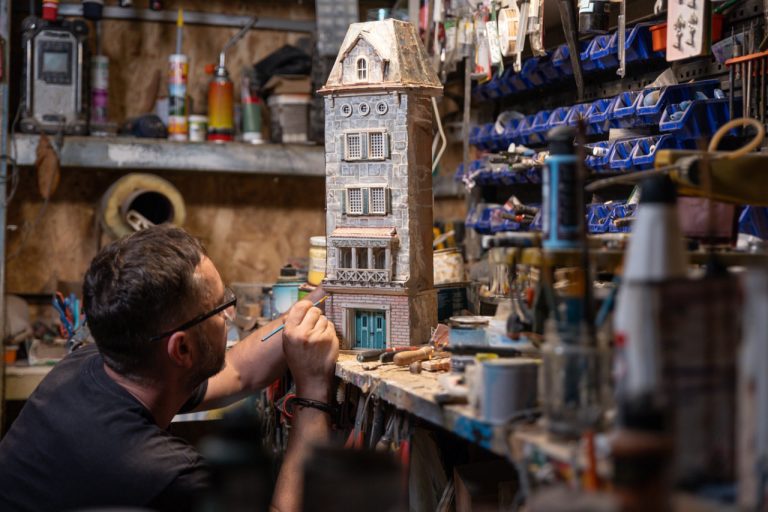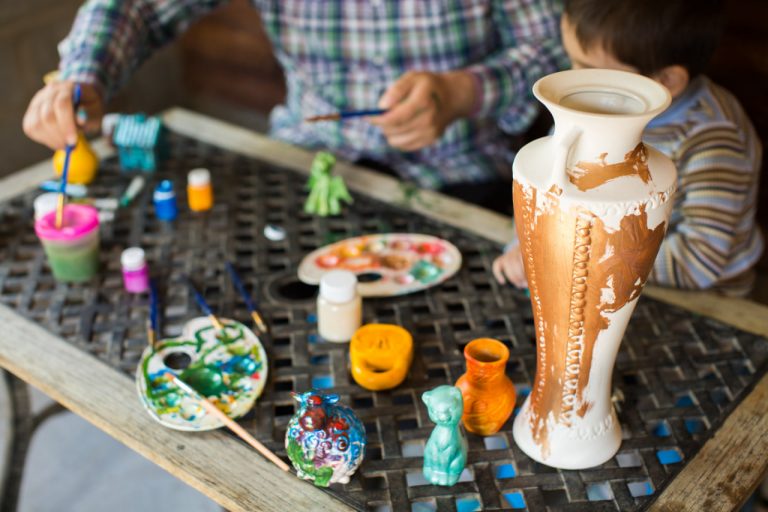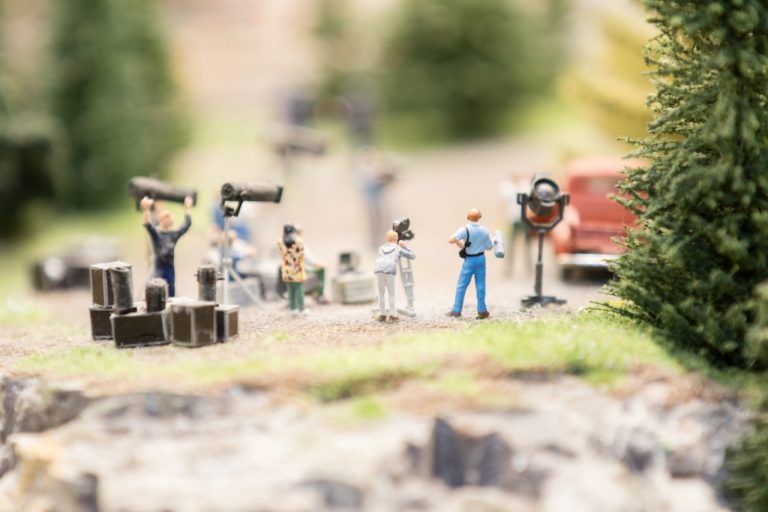The Art of Miniature Making: Tools and Techniques Every Beginner Should Know
Miniature making is a captivating craft that allows artists and hobbyists to create tiny, detailed worlds that inspire wonder and creativity. Whether you’re building dollhouses, tiny scenes, or intricate models, mastering the essential tools and techniques is key to bringing your miniatures to life. This guide will introduce you to the foundational knowledge every beginner should have to get started confidently in this fascinating art form.
Essential Tools for Miniature Making
Before diving into your first project, it’s important to gather the right tools. Having quality tools suited for fine, detailed work will make your crafting experience more enjoyable and precise.
- Precision Cutting Tools: Small scissors, craft knives, and hobby blades are necessary for cutting delicate materials like paper, fabric, and thin wood. Sharp blades provide clean edges and help you work with intricate shapes.
- Tweezers: Handling tiny pieces requires steady hands and tweezers designed for miniature work. Fine-tip tweezers help place small parts accurately without damaging them.
- Cutting Mat: A self-healing cutting mat protects your workspace and provides a smooth surface for cutting. It helps keep your blades sharp longer and ensures safety.
- Glue Applicators: Using glue sparingly and precisely is vital. Fine-tip glue applicators or toothpicks can help apply adhesive only where needed, avoiding mess and damage.
- Paintbrushes: Various sizes of fine brushes are essential for painting miniatures. Look for synthetic or sable brushes with pointed tips for detail work.
Key Techniques to Master
Once your tools are ready, learning fundamental techniques will elevate your miniature crafting skills.
- Measuring and Scaling: Understanding scale is crucial in miniature making. Most projects follow standard scales like 1:12 or 1:24, meaning one inch on the miniature represents 12 or 24 inches in real life. Accurate measuring ensures your pieces fit together realistically.
- Cutting and Shaping: Developing steady hands and patience when cutting small components is important. Practice using your craft knife and scissors to create smooth edges and precise shapes.
- Gluing with Care: Applying glue in tiny amounts prevents unsightly glue marks and damage to materials. Use a toothpick or fine applicator and allow pieces to dry fully before handling.
- Painting and Detailing: Painting miniatures requires attention to color, shading, and layering. Start with a primer coat to help paint adhere. Thin your paints for smooth application, and use fine brushes to add highlights, shadows, and textures.
- Assembling: Carefully align parts when gluing them together. Hold pieces in place until the glue sets to ensure a strong bond. Dry fitting parts before gluing can prevent mistakes.
Materials Commonly Used in Miniature Making
Knowing which materials to work with expands your creative options.
- Wood: Balsa and basswood are lightweight and easy to cut, ideal for furniture or building structures.
- Paper and Cardstock: Versatile for walls, flooring, and decorative details. They’re easy to paint and shape.
- Clay and Polymer Clay: Great for crafting miniature food, figures, and accessories with sculptural details.
- Fabric: Used for curtains, upholstery, and clothing; fine fabrics work best for scale authenticity.
- Plastic and Resin: Often used for miniature kits and custom parts; they offer durability and detail.
Tips for Beginners to Succeed
Starting a new hobby can be overwhelming, but these tips will help you enjoy the process and improve quickly.
- Start Small: Begin with simple projects to build skills and confidence before tackling complex scenes.
- Practice Patience: Miniature making requires time and care. Take breaks if needed to avoid frustration.
- Learn from Others: Join online communities or local clubs to exchange ideas, tips, and support.
- Invest in Quality Tools: While it’s tempting to buy cheap supplies, good tools save time and frustration.
- Keep a Workspace Organized: A tidy area helps you find tools easily and reduces accidents.




